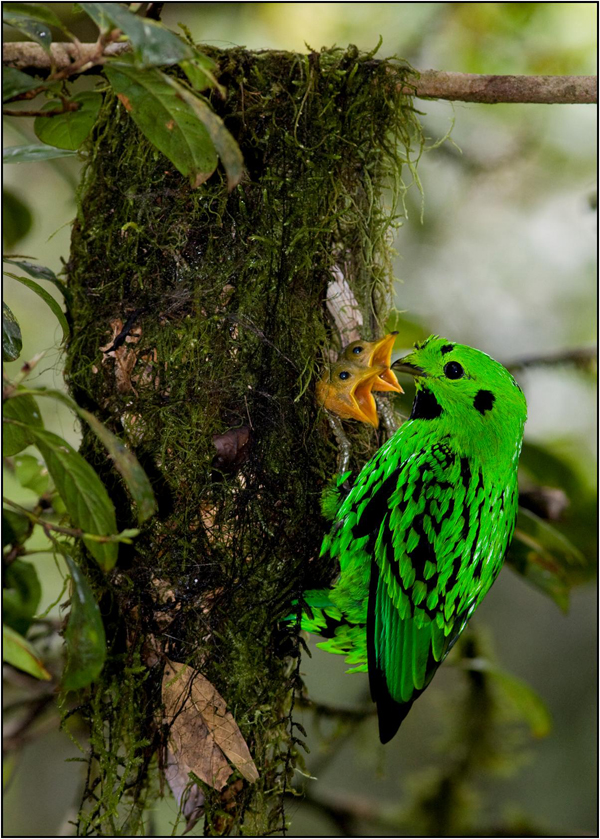Geographic variation in avian life history traits and parental care behaviors
Ongoing Research, Tom Martin
Life history traits, such as clutch size, renesting rates, developmental rates, age of first reproduction, and adult survival, along with parental care behaviors (incubation, brooding, feeding young), vary extensively in geographic space.
A major question being examined is: why do these traits vary geographically? Bird studies, historically, have focused on the importance of food, following the pioneering work of David Lack.
However, life history theory and studies in systems other than birds suggest that age-specific mortality provide important sources of selection. Study sites were chosen around the world to allow examination of the potential influence of environmental factors on life history variation of birds. Previous work was conducted in South Africa, two sites in South America, and New Zealand/Tasmania, with new work started in Malaysian Borneo.

A key comparison has been between South America and North America (Arizona), allowing examination of latitudinal variation in life history among closely-related pairs of species, as well as among endemics. Three years of study were first conducted in northwestern Argentina, and then 7 years of work was conducted in the northern Andes of Venezuela to examine tropical species. The Venezuela work was a mid-elevation (1350-2000 m) site because nest predation is reduced compared to lowland tropics and similar to that observed in Arizona. Some key differences between sites are smaller clutch sizes, longer development periods, different parental care behavior, larger eggs and higher adult survival in Venezuela. In 2009, I shifted from Venezuela to tropical Malaysian Borneo. Tropical Asian birds are extremely poorly studied with respect to life history traits, but anecdotal evidence from egg collectors and the like indicate that they may be a bit different than tropical birds in South America or tropical Africa. Consequently, I started a study at a mid-elevation site (1400-1800 m), similar to Venezuela, to examine life histories of Asian bird species that have never been studied previously.
Life history work in birds has focused on clutch size, but life history strategies include a complex interaction of many traits with each other and the environment. I focus on traits that have received less attention. As one example, developmental periods are substantially longer in many southern locations, particularly the tropics, even controlling for differences in nest predation. Longer periods in the nest automatically increase the probability of nest predation, given that it is a time-dependent event. Consequently, it is unclear why periods would ever be lengthened, or what mechanisms underlie these differences. New work on incubation periods is focused on looking at parental care behavior (e.g., incubation behavior) and the consequences for egg temperatures during development. In addition, we have recently begun examining metabolism of embryos and their sensitivity to temperature. We also examine variation in egg size, clutch size, nestling growth rates, parental care behaviors, and in Asia, are looking at cooperative breeding interactions, among other things.
